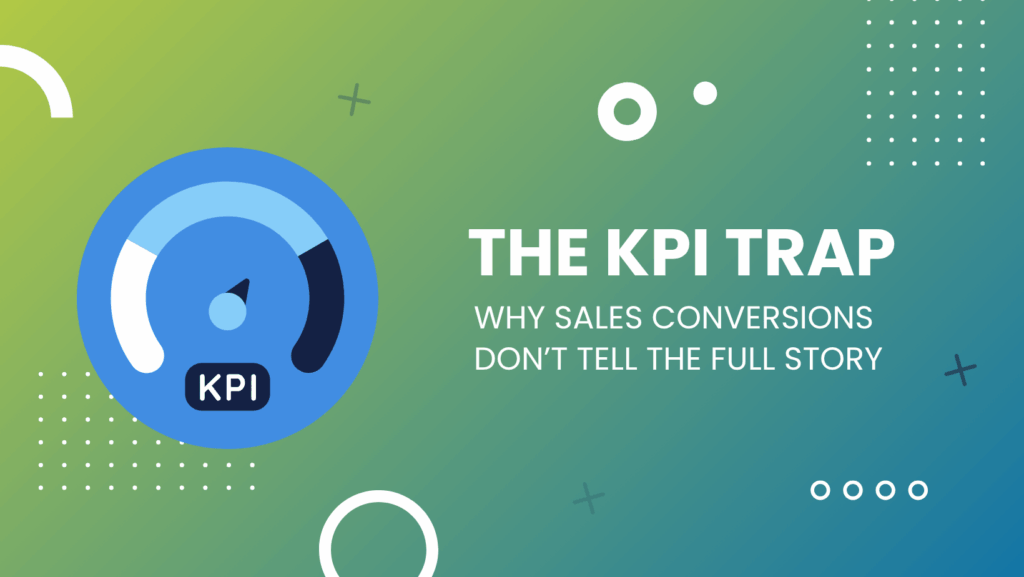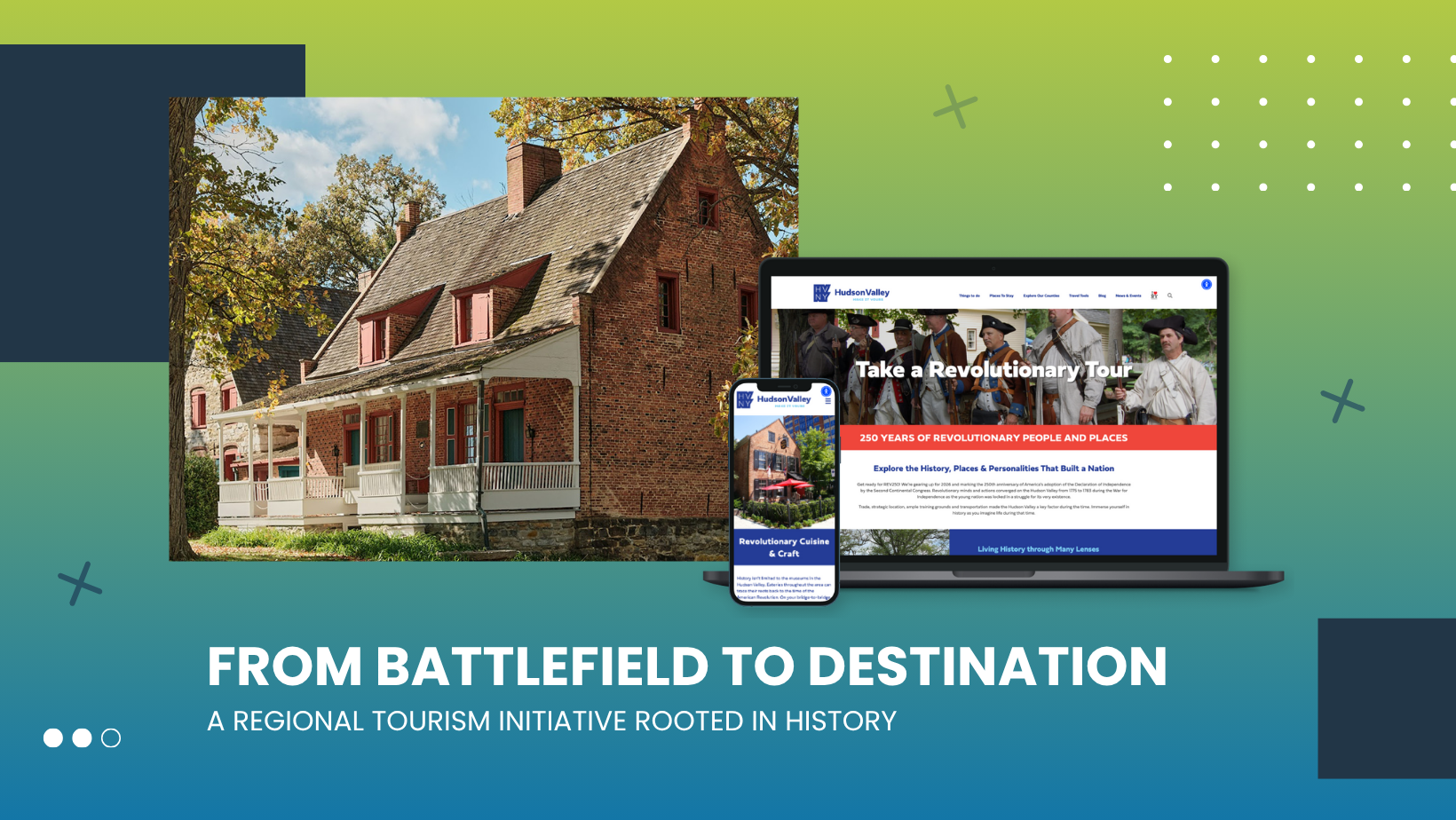The KPI Trap: Why Sales Conversions Don’t Tell the Full Story

For many organizations, the logic is simple: if a marketing campaign doesn't directly drive a sale, it isn't working. This common belief, however, leads to the "KPI trap"—a narrow focus on sales conversions that overlooks the broader impact of marketing efforts. When success is measured solely by the final transaction, businesses miss critical signals of progress that build toward that purchase.
Marketing is responsible for driving awareness, fostering engagement, and generating leads. These crucial activities often show results long before a customer decides to buy. By ignoring the metrics that track these earlier stages, organizations fail to see the true value and momentum their campaigns are creating. A holistic view of performance is essential to understanding the full story of marketing success.
Understanding the Full Marketing Funnel
Sales conversions are just the final step in a much longer customer journey. This journey is often visualized as a marketing funnel, which typically includes four key stages: Awareness, Consideration, Evaluation, and Conversion. As we've explored previously in our guide to mastering the marketing funnel, each stage requires a different strategic approach to guide potential customers toward a purchase.
Relying only on sales data means you're only measuring the very end of this process. It ignores all the preceding touchpoints that made the final sale possible. That's where micro-conversions come in. These are smaller actions a user takes that indicate interest and intent, such as signing up for a newsletter, downloading a whitepaper, or completing an online quiz. These actions are powerful indicators of progress, showing that your audience is moving successfully through the funnel.
Common KPIs Beyond Sales
Measuring success only by sales volume misses key signals that your marketing is resonating with the right audience. To get a complete picture, it's vital to track a variety of Key Performance Indicators (KPIs) that reflect performance at every stage.
Here are a few essential KPIs that tell a more complete story:
Why Sales Lag Doesn’t Mean Failure
It's common for sales figures to remain flat even when a new campaign is performing well across other KPIs. This lag doesn't signal failure; rather, it often reflects the complexity of the modern customer journey.
Several factors can cause a delay between marketing impact and sales results:
Escape the KPI Trap
Relying on sales conversions as the sole measure of success provides an incomplete and often misleading picture of marketing performance. To truly understand the impact of your efforts, it's essential to embrace a holistic approach to KPIs that celebrates wins at every stage of the customer journey.
By tracking metrics from awareness to engagement to micro-conversions, you can gain a comprehensive view of your campaign's effectiveness. This broader perspective allows you to make more informed decisions, optimize your strategies, and demonstrate the full value your marketing delivers to the organization.




